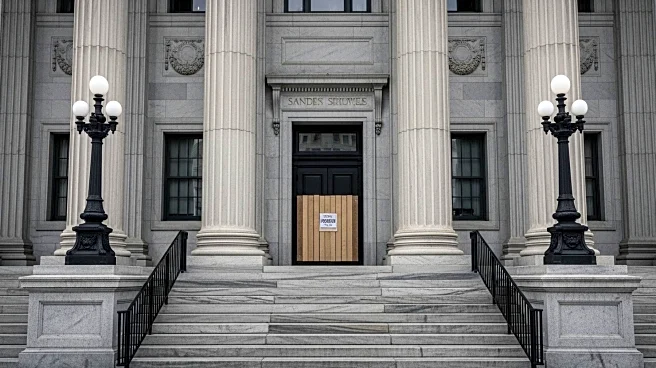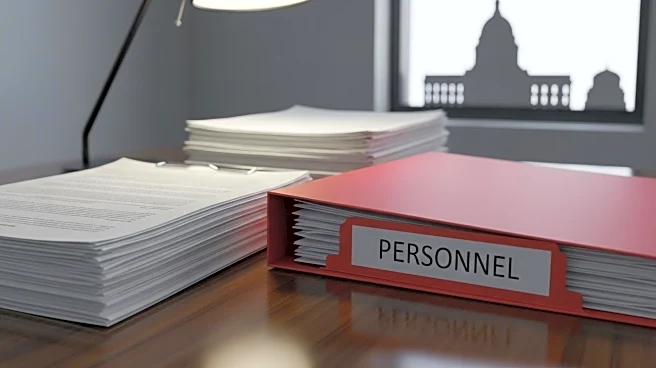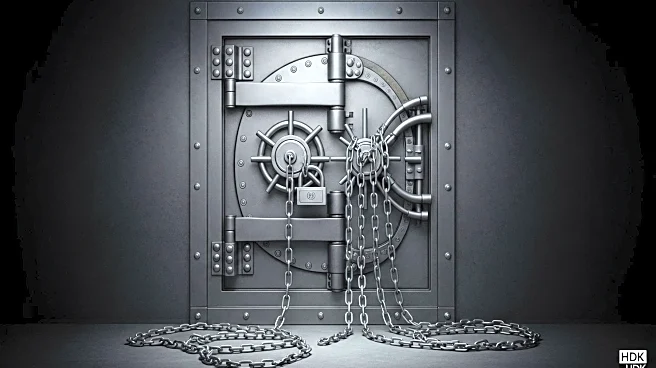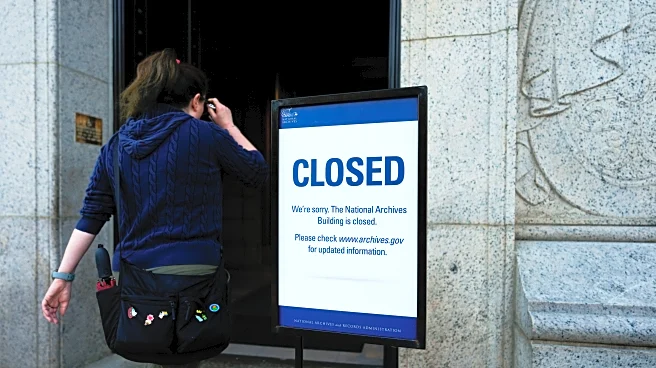What's Happening?
The U.S. government shutdown has resulted in significant disruptions for federal employees, with hundreds of thousands required to work without pay. The shutdown was triggered after the Senate failed to pass a short-term funding bill, which would have kept the government operational until November 20. As a result, approximately 750,000 federal employees are expected to be furloughed daily, while essential staff, such as air traffic controllers and border patrol agents, continue to work without pay. The Office of Management and Budget has directed federal agencies to prepare layoff plans for programs not aligned with President Trump's priorities, leading to legal challenges from labor unions.
Why It's Important?
The shutdown has profound implications for federal workers and the services they provide. Essential services remain operational, but the lack of pay for workers could lead to financial strain and decreased morale. The potential layoffs and furloughs could disrupt government operations and impact public services. The situation also highlights the ongoing political tensions in Congress, as Democrats and the Trump administration clash over budget priorities, including healthcare subsidies and Medicaid cuts. The outcome of these negotiations could have lasting effects on federal employment and public policy.
What's Next?
If the shutdown continues, the likelihood of federal worker layoffs increases, potentially affecting thousands. The political standoff in Congress will need resolution to restore government funding and operations. Stakeholders, including labor unions and federal agencies, will continue to advocate for employee rights and seek legal remedies. The situation may prompt further discussions on budget priorities and the role of federal employees in government operations.











